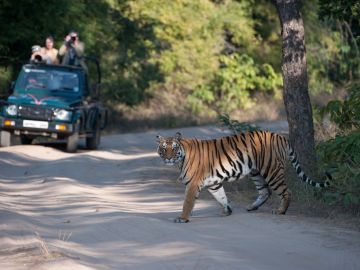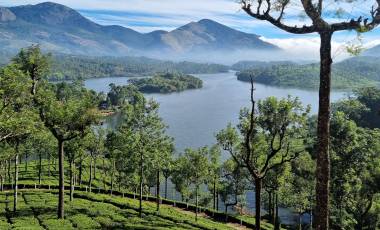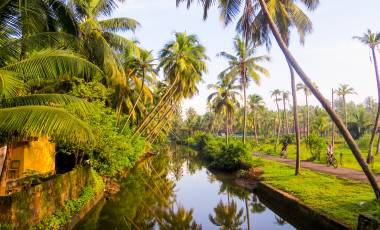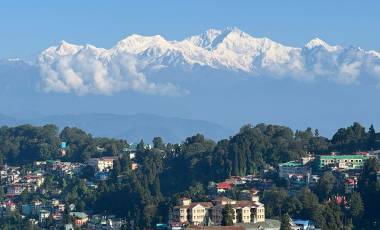India is a vastly diverse country that pulses with cultural tones ranging from ancient rituals to modern metros. Because the country is so large – 1,269,346 square miles, to be precise – there are an incredible number of things to do on an India tour beyond major tourist attractions such as the Ganges River, Goa and Taj Mahal.
From exploring UNESCO-preserved caves and searching for tigers in the wild to seeing ancient archaeological sites, here are our picks for five fantastic things to do in India.
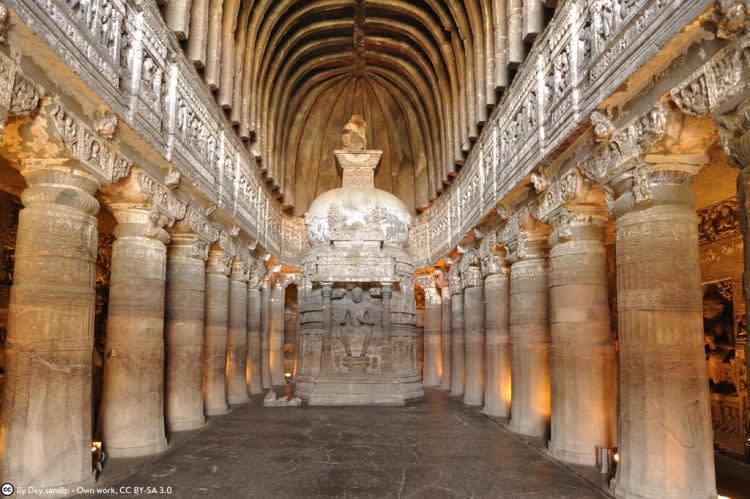
Explore the Ellora and Ajanta Caves
Located near Aurangabad, the Ellora and Ajanta Caves are arguably India’s most underrated UNESCO sites. While very different from each other, they are both spectacular.
The Ellora Caves are closer to Aurangabad. Built between the 5th and 10th centuries, there are 34 caves in all, representing the Hindu, Buddhist and Jain religions. The word “cave” is a serious understatement here. Many of them are intricately carved into the rock face, and the Kailash Temple in particular is a showstopper. More than 220,000 tons of rock were removed to create a mammoth solid block, into which this magnificent temple was carved.
The Ajanta Caves are much smaller in size, older, and feature primarily Buddhist paintings. Dating from the 2nd century BC, these caves were neglected and water-damaged until a British soldier stumbled upon them in the 19th century. Even though they’re damaged, they are still sublime cultural masterpieces.
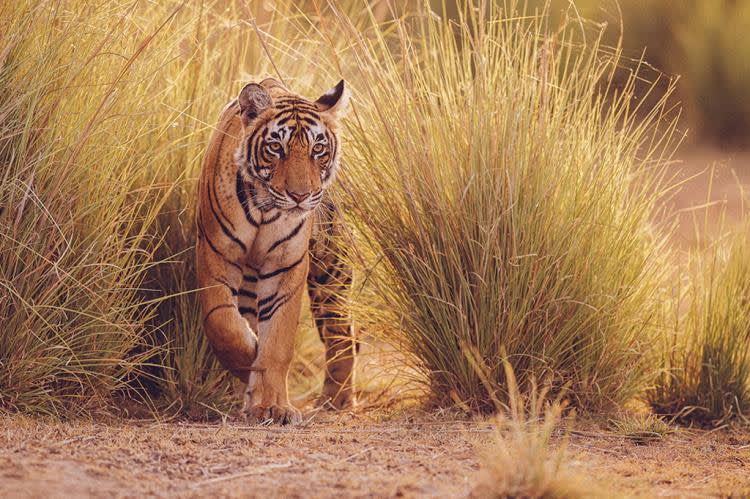
Search for Wild Tigers
India is home to more than half of the world’s wild tiger population. The big cat is India’s national animal symbol, and the focus of ecotourism in many states throughout the subcontinent.
Though still in a precarious conservation position due to their rapidly dwindling habitat, the number of tigers in the Indian wild has increased in the past eight years, from 1,411 in 2006 to 2,226 in 2014.
There are currently 47 tiger reserves in India, with Pench, Kanha, Bandhavgarh, Ranthambhore and Corbett all considered among the best places to spot a tiger in the wild. Ranthambhore National Park is located in Rajasthan, not far from India’s “Golden Triangle” of tourism (Delhi-Agra-Jaipur), making it the most well-known tiger reserve. There are currently around 45 adult tigers and 10 cubs in Ranthambhore, which is the highest number ever recorded in the park.
Madhya Pradesh, a state in central India, is home to several of India’s most popular tiger reserves, including Pench, Kanha and Bandhavgarh. This region of lush jungles inspired the setting of Rudyard Kipling’s The Jungle Book.
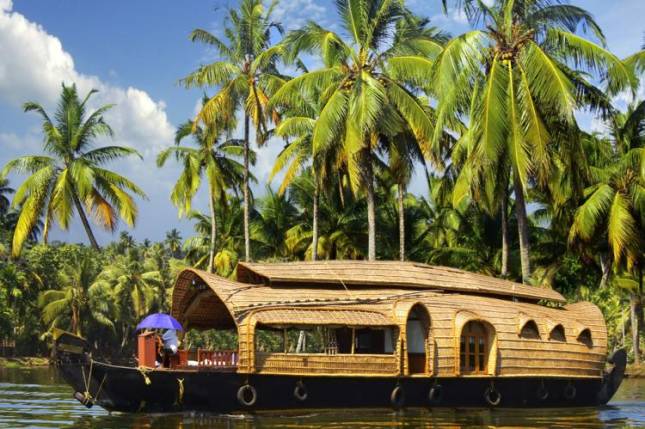
Savor the Beaches and Backwaters of Kerala
Located in southern India, Kerala is often referred to as “God’s Own Country” in reference to the lushness of the tropical state, the abundance of its natural treasures, and the richness of its culture. Kerala is the ideal place to start a journey in India, as it provides a soft landing for visitors.
While there are many reasons to visit Kerala (including hill stations, spice plantations, and Ayurvedic resorts), the palm-lined beaches and fascinating backwaters are arguably the two prime attractions.
Excellent beaches can be found along the length of the coastal state, with spots such as Varkala and Marari attracting travelers seeking a little rest and relaxation. The best way to access the backwaters is by houseboat.
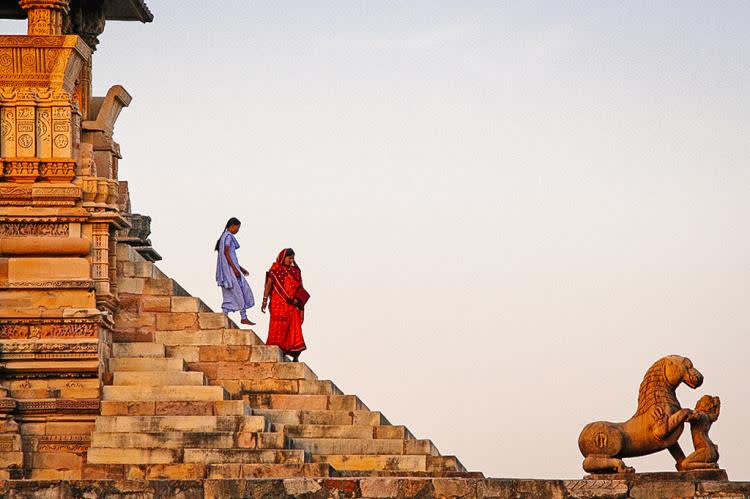
See the Khajuraho Group of Monuments
The Khajuraho Group of Monuments was lost to the verdant jungles of central India for eons, until a British soldier stumbled across them in 1838. Now considered among the finest masterpieces of Indian art, Khajuraho is also one of India’s most stimulating UNESCO sites due to the extensive erotic carvings on some of the temples.
The temples were built during the Chandella dynasty (900-1100 AD) and represent both Hindu and Jain religions. There are about 20 temples in all, though it is believed there were originally 85. The complex covers about 9 square miles near the small, remote town of Khajuraho in Madhya Pradesh.
But it’s well worth the visit to see and experience these three-dimensional works of art, especially if you time it to be there in February during the Khajuraho Dance Festival. One of the most popular festivals in India, this gives visitors the soul-stirring opportunity to see Indian classical dance set against the backdrop of the ancient temples.
Visit The Hill Stations
If you ever find yourself in India during the scorching heat of summer (May-August), you will come to appreciate the hill stations. Built during colonial times by the British as a refuge from the oppressive heat, most hill stations are located at an altitude of 3,500 to 7,500 feet.
Today, while the hill stations retain a patina of Raj-era charm, they are mostly very busy, very beloved holiday destinations for Indian families. There are literally hundreds of hill stations in India, but some of the most popular are Shimla, Darjeeling, Mussoorie, Nainital, Ooty, Manali and Rishikesh.
Added to the charm of visiting Darjeeling, Ooty and Shimla are the “toy trains” that you can take to get there. The journeys are slow, but the mountain scenery makes for a remarkably picturesque ride.

